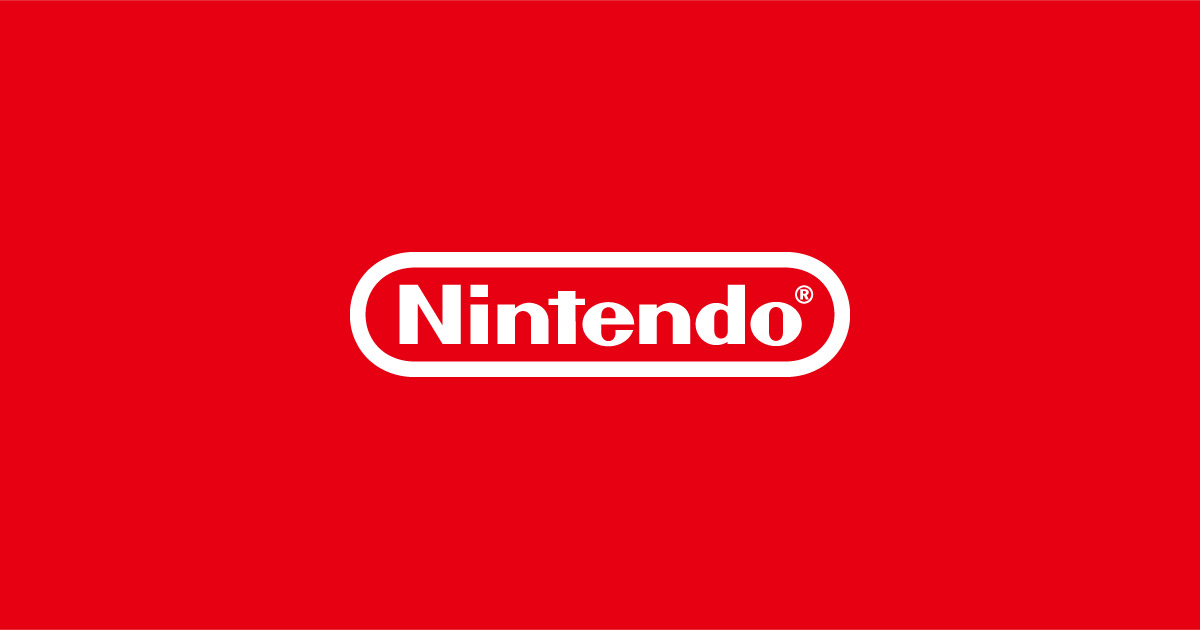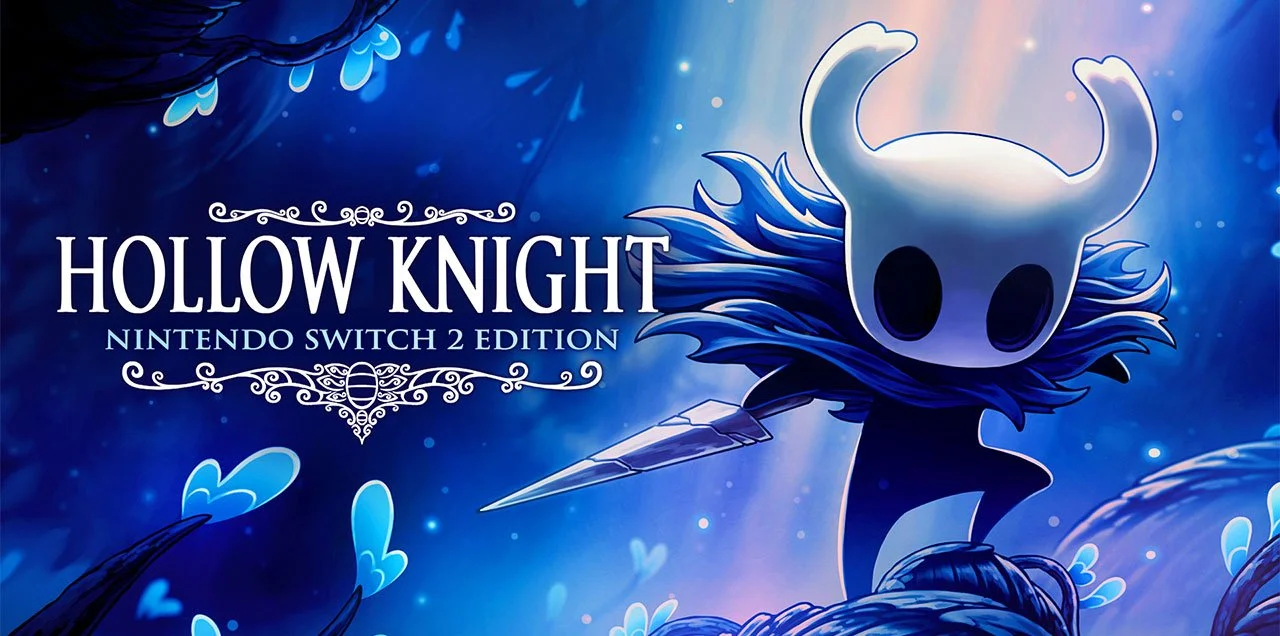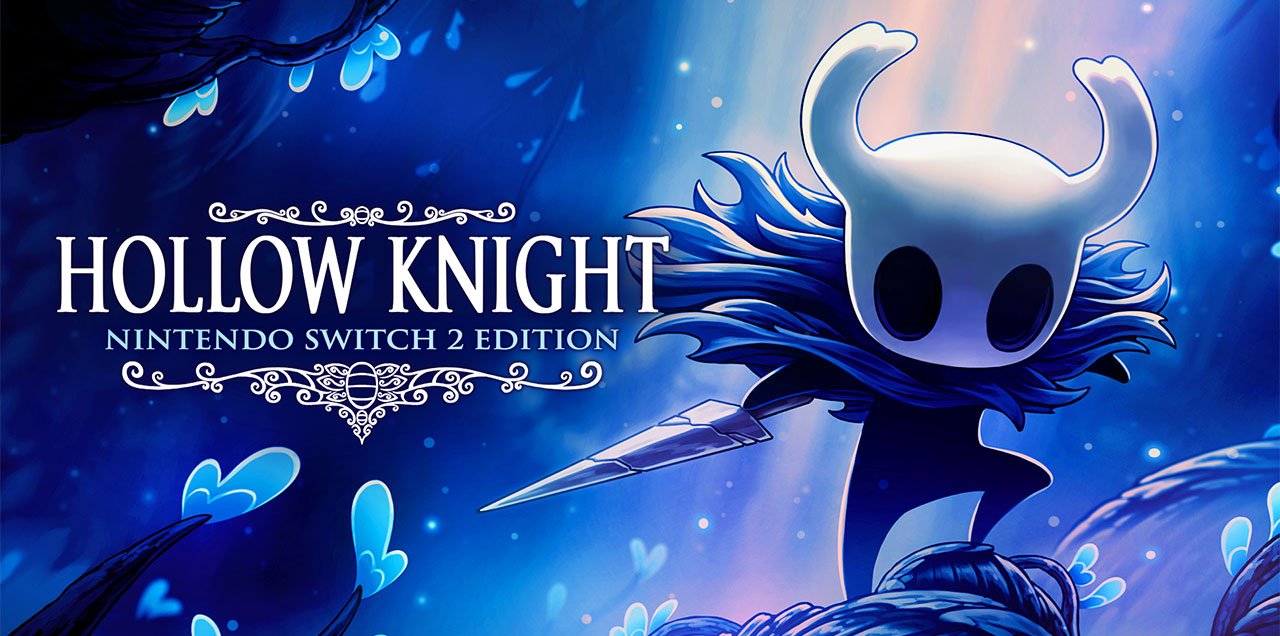Since the Nintendo Switch was first officially unveiled in October 2016, the gaming industry has closely watched its journey from speculation to global phenomenon.
Lauded for its unique hybrid design and strong software lineup, the Nintendo Switch quickly overcame the disappointing legacy of the Wii U to become the must-have console of 2017.
Backed by robust sales and an ever-expanding install base, the Switch continues to find success worldwide, reinforcing Nintendo’s position at the forefront of innovative gaming hardware. One of the Nintendo Switch's standout features is its unparalleled portability.
Being able to enjoy blockbuster titles like The Legend of Zelda: Breath of the Wild and Mario Kart 8 Deluxe on the go has redefined what players expect from a handheld console experience.
Moreover, for enthusiasts of retro gaming, the Nintendo eShop has steadily grown into a treasure trove, featuring an expansive catalog of Neo Geo classics and releases like Namco Museum, which brings arcade staples including Rolling Thunder and Splatterhouse to a new generation of players.
Indie hits with a retro twist—such as Sonic Mania and Shovel Knight—as well as reimagined titles like Ultra Street Fighter II: The Final Challengers, further solidify the Switch as a versatile platform for modern and nostalgic gamers alike. However, despite the Joy-Con's acclaimed modular design and motion control capabilities, many in the gaming community have voiced a common concern: the absence of a traditional D-pad on the left Joy-Con.
For titles that demand precision, particularly in retro or fighting games like those featured in Namco Museum or Ultra Street Fighter II, the four-button layout and analog stick of the standard Joy-Con can sometimes hinder the experience.
As highlighted by editors and players alike, long sessions with classics or brawlers often feel incomplete without the comfort and accuracy of a dedicated D-pad—a sentiment echoed in the Switch’s player base. Nintendo’s decision to equip each Joy-Con with individual analog sticks and four face buttons was intentional, creating two fully functional mini controllers for games such as Snipperclips and ARMS.
This approach supports both multiplayer gaming and the Switch’s core philosophy of flexibility.
Yet, it also leaves a gap for those seeking a more traditional control scheme, especially as the Switch library grows to include more retro and arcade-oriented titles.
Nearly six months after the console’s launch, demand persists for alternative Joy-Con configurations.
A Joy-Con with a D-pad—or even a six-button layout for fighting game aficionados—would greatly enhance the Switch’s already impressive versatility, particularly in handheld mode. The need for a D-pad is likely to become even more pronounced as Nintendo expands its classic game offerings.
While concrete details of the Switch Virtual Console remain under wraps, Nintendo’s online subscription service is set to offer a growing collection of NES titles—starting with Super Mario Bros.
3, Balloon Fight, and Dr.
Mario—with access for subscribers at an annual rate of $19.99 USD.
Rumors also point to potential GameCube titles joining the roster in future updates, which would further heighten the demand for controller options that better suit classic game control schemes. Historically, Nintendo transformed the industry by introducing the D-pad on the original NES (Famicom), a move that set the standard for console gaming controls for decades.
The Switch stands as the brand’s first home or portable console without a D-pad by default.
Yet, Nintendo has signaled openness to expanding the Switch’s range of accessories.
As then-president Tatsumi Kimishima indicated, the company anticipates a 'broader variety' of accessories for the platform, potentially including alternative Joy-Con controllers that cater to different play styles. The Joy-Con’s modular system remains one of the Switch’s greatest strengths.
However, the call for a D-pad-equipped Joy-Con continues to grow louder, from both retro fans and modern players alike.
With millions of units sold and a rapidly diversifying library, introducing such an accessory would underscore Nintendo’s legacy of innovation—which began with the D-pad itself—and ensure the Switch remains the preferred system for all players, no matter their gaming preferences.
Lauded for its unique hybrid design and strong software lineup, the Nintendo Switch quickly overcame the disappointing legacy of the Wii U to become the must-have console of 2017.
Backed by robust sales and an ever-expanding install base, the Switch continues to find success worldwide, reinforcing Nintendo’s position at the forefront of innovative gaming hardware. One of the Nintendo Switch's standout features is its unparalleled portability.
Being able to enjoy blockbuster titles like The Legend of Zelda: Breath of the Wild and Mario Kart 8 Deluxe on the go has redefined what players expect from a handheld console experience.
Moreover, for enthusiasts of retro gaming, the Nintendo eShop has steadily grown into a treasure trove, featuring an expansive catalog of Neo Geo classics and releases like Namco Museum, which brings arcade staples including Rolling Thunder and Splatterhouse to a new generation of players.
Indie hits with a retro twist—such as Sonic Mania and Shovel Knight—as well as reimagined titles like Ultra Street Fighter II: The Final Challengers, further solidify the Switch as a versatile platform for modern and nostalgic gamers alike. However, despite the Joy-Con's acclaimed modular design and motion control capabilities, many in the gaming community have voiced a common concern: the absence of a traditional D-pad on the left Joy-Con.
For titles that demand precision, particularly in retro or fighting games like those featured in Namco Museum or Ultra Street Fighter II, the four-button layout and analog stick of the standard Joy-Con can sometimes hinder the experience.
As highlighted by editors and players alike, long sessions with classics or brawlers often feel incomplete without the comfort and accuracy of a dedicated D-pad—a sentiment echoed in the Switch’s player base. Nintendo’s decision to equip each Joy-Con with individual analog sticks and four face buttons was intentional, creating two fully functional mini controllers for games such as Snipperclips and ARMS.
This approach supports both multiplayer gaming and the Switch’s core philosophy of flexibility.
Yet, it also leaves a gap for those seeking a more traditional control scheme, especially as the Switch library grows to include more retro and arcade-oriented titles.
Nearly six months after the console’s launch, demand persists for alternative Joy-Con configurations.
A Joy-Con with a D-pad—or even a six-button layout for fighting game aficionados—would greatly enhance the Switch’s already impressive versatility, particularly in handheld mode. The need for a D-pad is likely to become even more pronounced as Nintendo expands its classic game offerings.
While concrete details of the Switch Virtual Console remain under wraps, Nintendo’s online subscription service is set to offer a growing collection of NES titles—starting with Super Mario Bros.
3, Balloon Fight, and Dr.
Mario—with access for subscribers at an annual rate of $19.99 USD.
Rumors also point to potential GameCube titles joining the roster in future updates, which would further heighten the demand for controller options that better suit classic game control schemes. Historically, Nintendo transformed the industry by introducing the D-pad on the original NES (Famicom), a move that set the standard for console gaming controls for decades.
The Switch stands as the brand’s first home or portable console without a D-pad by default.
Yet, Nintendo has signaled openness to expanding the Switch’s range of accessories.
As then-president Tatsumi Kimishima indicated, the company anticipates a 'broader variety' of accessories for the platform, potentially including alternative Joy-Con controllers that cater to different play styles. The Joy-Con’s modular system remains one of the Switch’s greatest strengths.
However, the call for a D-pad-equipped Joy-Con continues to grow louder, from both retro fans and modern players alike.
With millions of units sold and a rapidly diversifying library, introducing such an accessory would underscore Nintendo’s legacy of innovation—which began with the D-pad itself—and ensure the Switch remains the preferred system for all players, no matter their gaming preferences.




